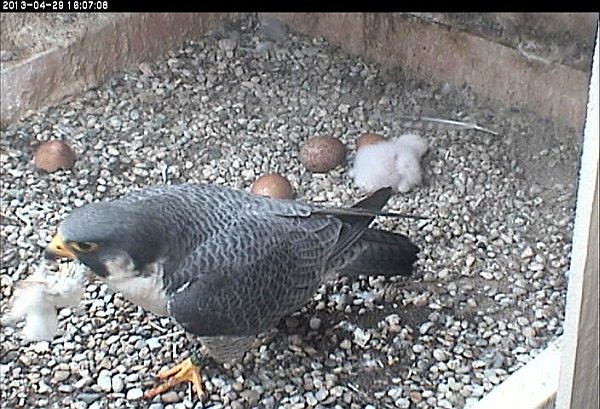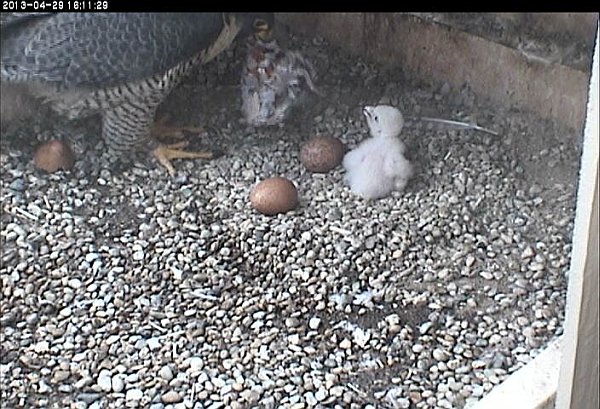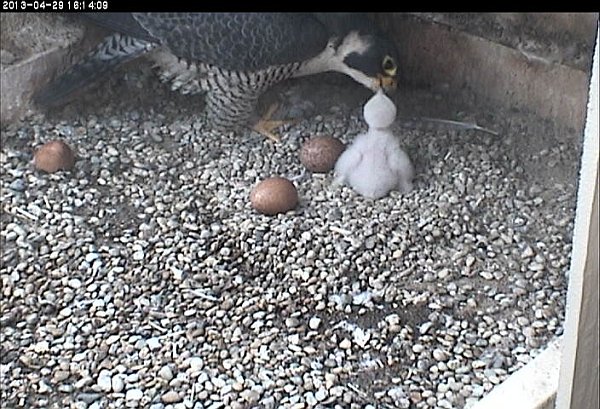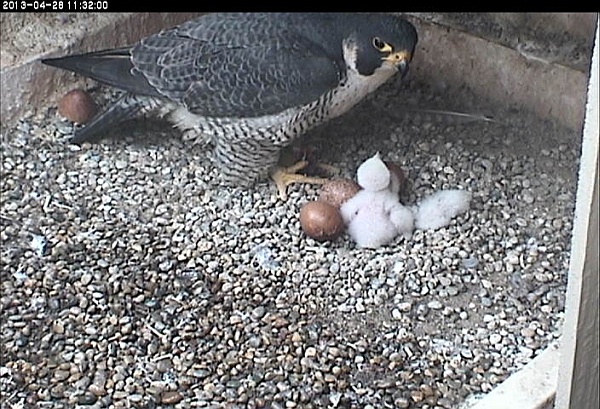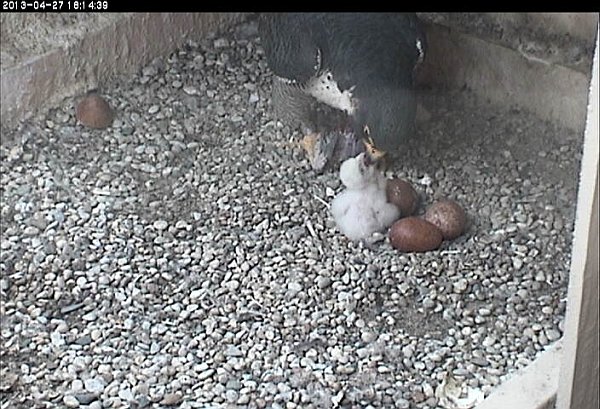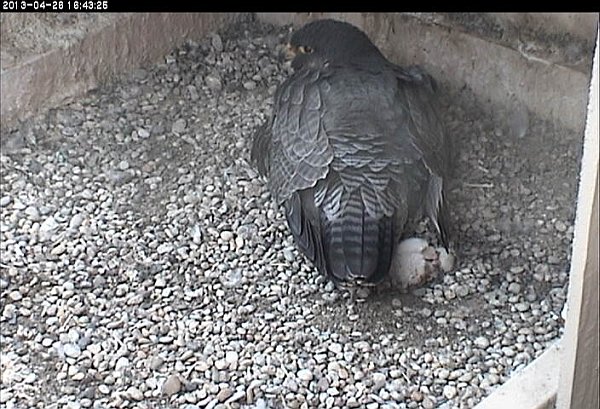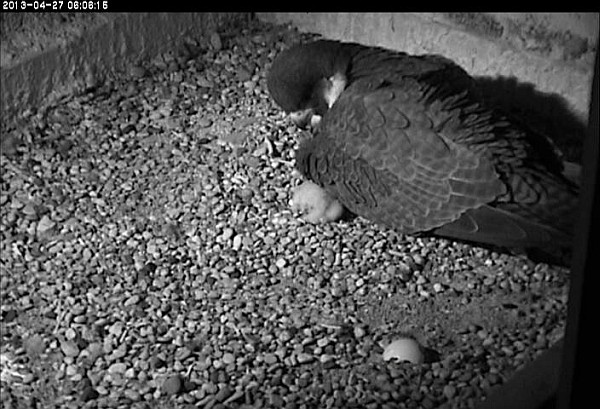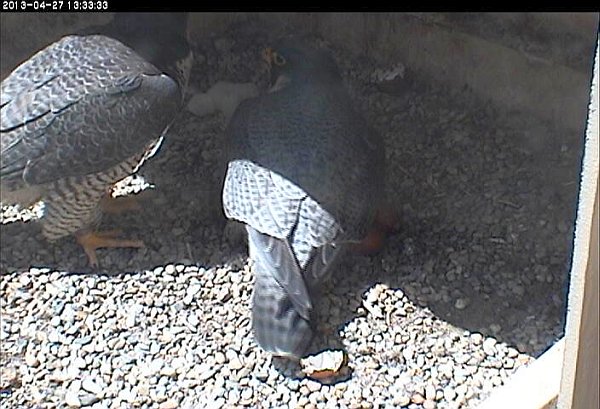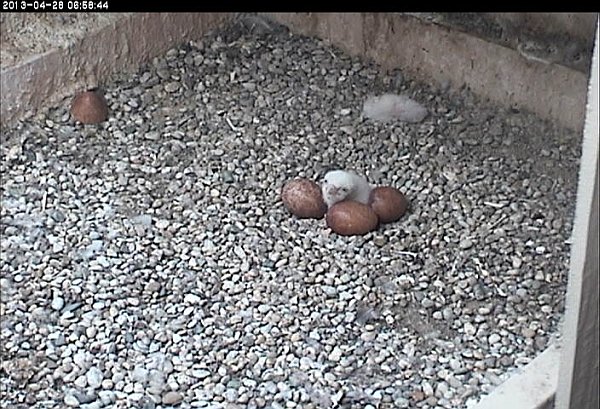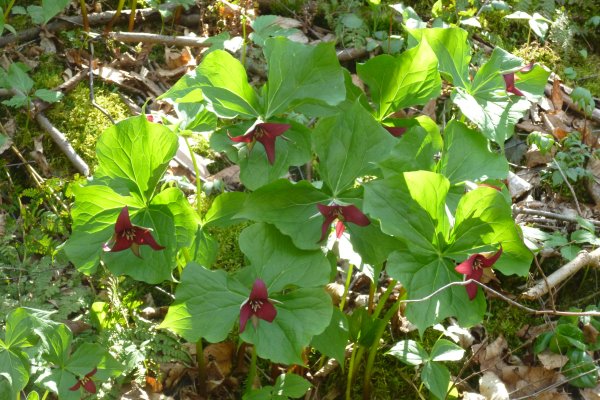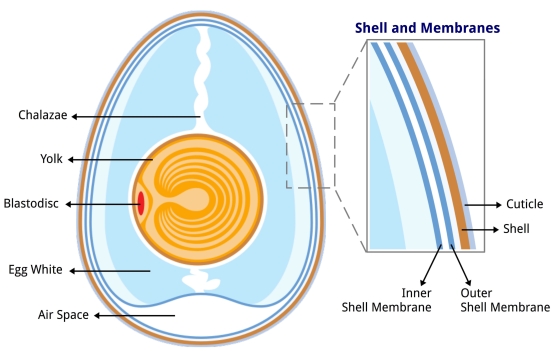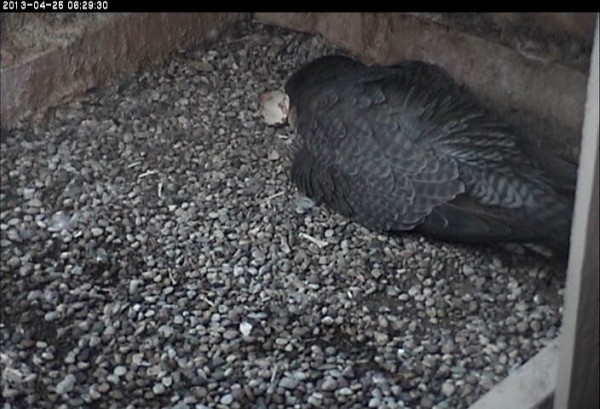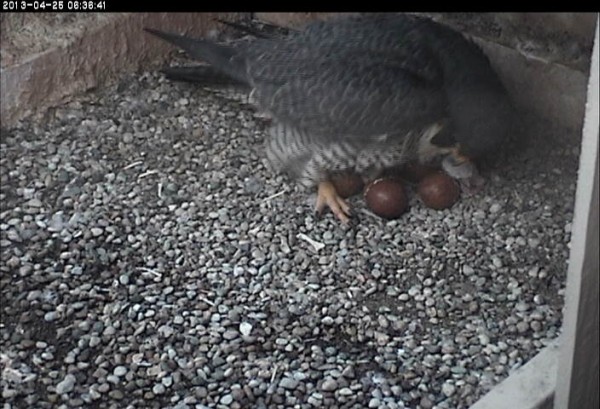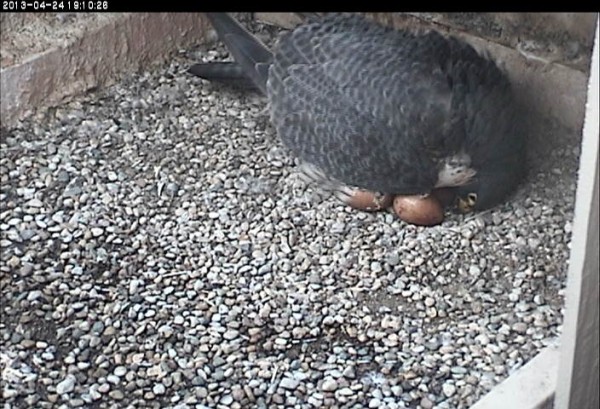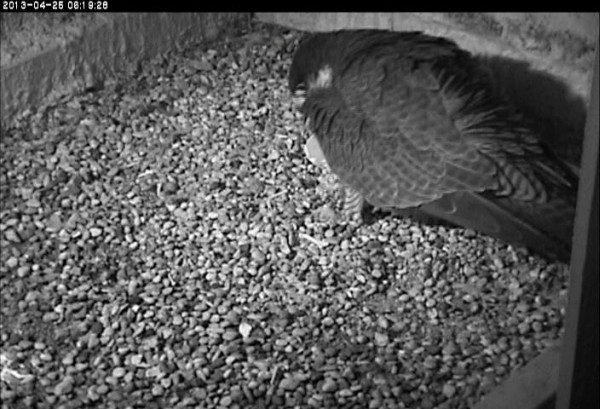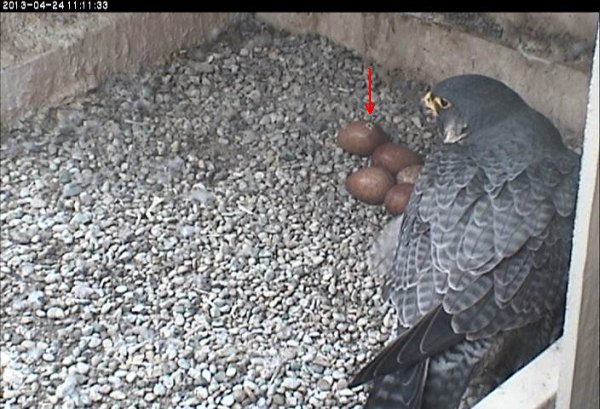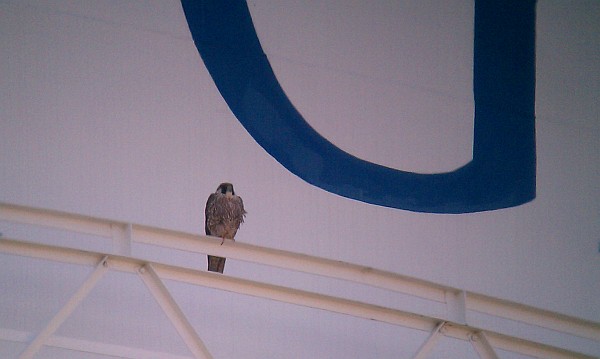
There’s a new pair of peregrines in town and they’ve already made the news.
“Nesting Falcons halt Green Tree water tank work,” read the headline in the Post-Gazette yesterday. “Pennsylvania American Water has delayed a project to sandblast and repair the interior of its 2.5-million-gallon water storage tank in Green Tree after spotting a nest of peregrine falcons.”
The nest would have failed but for a handful of dedicated observers.
Back in March a former Aviary volunteer spotted peregrines at the Green Tree water tower. Her report made its way to me but without a contact name her information languished.
In mid-April Chuck Dinsmore heard kakking and saw a peregrine flying around the water tower during his morning commute. His wife Vicki went there with binoculars and found a lot of workmen banging away and a peregrine perched on a ledge under the bulb of the water tower (pictured below). No wonder the peregrine was upset.
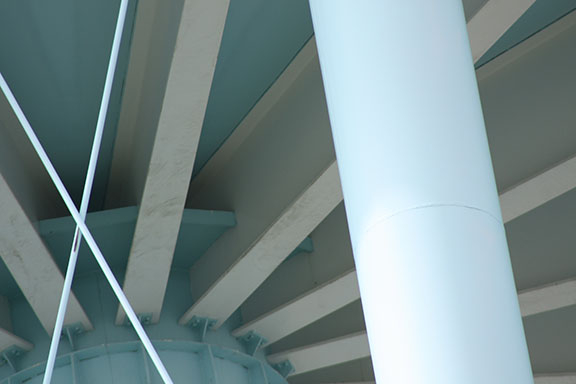
The banging phase was short-lived but in subsequent visits Vicki and Chuck learned of plans to sandblast and paint the tower. Vicki called WQED to let me know.
Her concern was infectious. I notified the PA Game Commission (PGC) of a possible nest near imminent construction and called for more observers on PABIRDS. Could someone check the water tower?
Shannon Thompson took up the challenge and photographed a peregrine perched beneath the Green Tree “G” on April 21. The vertical striping on his breast indicates he’s a one-year-old bird so when I sent her photos to Art McMorris (PGC’s Peregrine Coordinator) I said, “Oh well, a juvenile bird,” but Art cautioned that one-year-old’s can breed so we couldn’t rule out a nest.
A few hours later Mary Jo Peden — the former Aviary volunteer! — contacted WQED to tell me that she’d seen a pair of peregrines courting at the water tower and mating as recently as the week of April 8. She described their ledge and said she was worried about the coming construction project. I quickly sent this news to Art with contact information for Pennsylvania American Water.
Everything was quiet for a week. Could the Game Commission get through to the water company in time? Then yesterday the Post-Gazette set my fears to rest. Hooray!
Welcome to the neighborhood, new birds, and a big thank you to everyone involved!
If you’d like to see where they live their observers (and rescuers) suggest visiting the park behind the Green Tree Borough City Office. Look beneath the G.
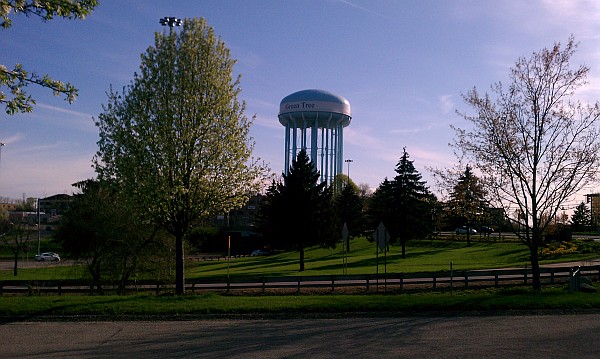
(peregrine and tower photos by Shannon Thompson. Ledge photo by Vicki Dinsmore)
p.s. Based on Mary Jo’s observations you’ll probably see only one bird until mid-May when the eggs hatch. My hunch is that this juvenile is the male, standing guard.
